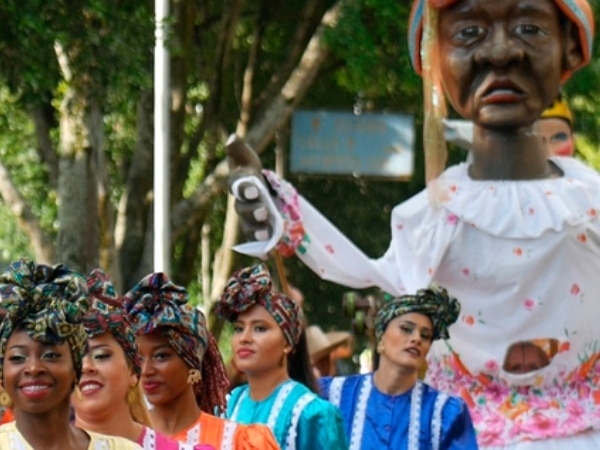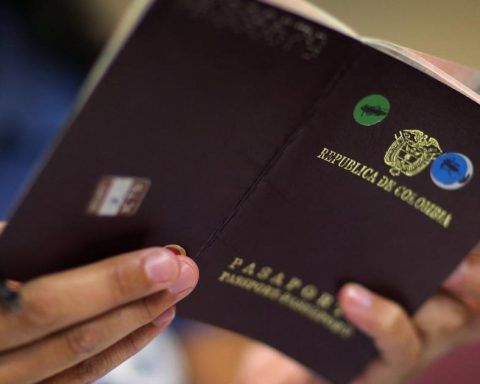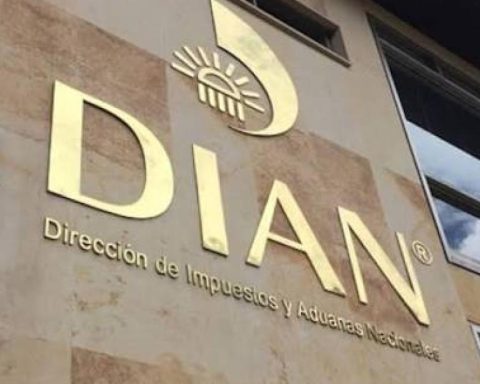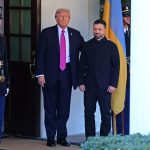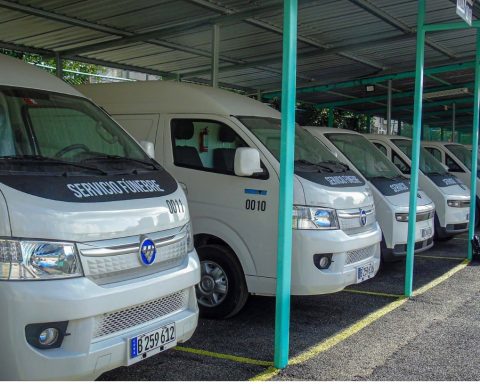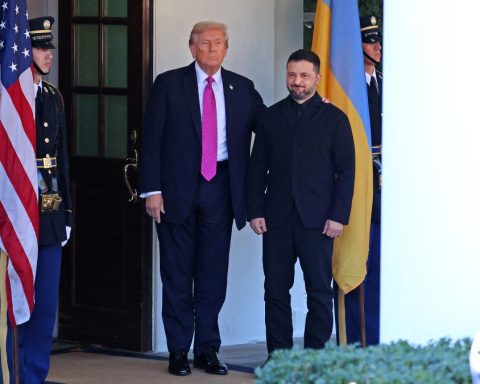Antioquians, Santandereans, Nariñoans, Tolimenses, Chocóans and many more, contributed to the growth and diversity of the city.
Cali News.
More than a century ago, the city of Santiago de Cali began to weave its immense cultural and artistic tapestry, with the arrival of thousands of migrants from different regions of Colombia.
Each thread of this human fabric brought with it a piece of the folklore, gastronomy, and idiosyncrasy of the places of origin of those who sought new opportunities in this thriving capital of the Valle del Cauca.
Since the 1920s, waves of migrants have landed in Cali with their dreams and hopes, motivated by the desire to access better job and academic opportunities.
Antioquians, Santandereans, Nariñoans, Tolimenses, Chocóans and many more, contributed to the growth and diversity of the city.
These settlers brought with them their tenacity, strength and culture, which, combined with the innate hospitality of the people of Cali, became the recipe for success that propelled the city forward.
Read: “Without a clear explanation they were told no”: San Pacho festivities in Cali
The contribution of these migrants was not limited to their culture, but also fueled the economic development of the city. From commerce to agriculture, construction and industry, each of these groups left an indelible mark on Cali’s economy. Businesses and ventures emerged from their efforts, while later generations consolidated their legacy. With their contributions, Cali has become the ‘Branch of Heaven’, a melting pot of traditions and cultures that has been able to open its doors without hesitation.
The Granadinos: Pioneers of Trade in Cali
Among the first migrant communities to leave their mark on Cali, the Colonia Granadina stands out. Coming from Granada, Antioquia, the people from Granada began to arrive in Cali in the 40s and 50s, many of them dedicating themselves to commerce.
With their unwavering hard-working spirit, entire families settled in the city, opening shops and granaries, which laid the foundation for the formation of large self-service chains in the 1980s and 1990s.
Companies such as Mercar, Superinter and Mercatodo were born from the sacrifice and discipline of the people of Granada.
Today, this neighborhood remains one of the most influential in Cali’s economy, generating more than 25,000 jobs in the city and being recognized as “the most important multinational in Cali.”
The Nariñenses: Chasing the Cali Dream
Another community that has had a significant impact on Cali is the Colonia Nariñense. The first people from Nariño arrived more than 50 years ago, initially settling in places like Amaime and Palmira.
Later, generations of people from Nariño began to settle in Cali, contributing their labor in trades such as carpentry, mechanics and construction.
This community, which has also seen the emergence of numerous entrepreneurs and professionals in the city, celebrates traditional festivals such as Festicuy, thus demonstrating the importance of their roots and their gratitude for the welcome they have received in the capital of the Valle.
The Chocoanos: Culture and Resilience in Cali
Chocó has also left a deep mark on Cali. The Chocó diaspora began in the 1930s, when the collapse of platinum mining in Bajo San Juan pushed thousands of people to seek new opportunities in Cali.
Over the years, this community has brought with it its rich cultural heritage, standing out in music and art, as well as contributing in various work fields.
Festivals such as Chocoanidad Day and the Fiesta de San Pacho are just a few examples of how this community has kept its identity alive while growing and thriving in Cali.
The Santandereans: Professionals in the Cali Industry
The people of Santander, unlike other communities, came to Cali hired as professionals. Engineers, doctors and lawyers arrived in the 1950s and 1960s to work in industrial plants such as Icollantas and Goodyear. Today, the people of Santander in Cali continue to play key roles in areas such as health, engineering and law, with a significant presence in the legal field.
Each of these colonies has left an indelible mark on the city. In the words of former mayor Rodrigo Guerrero, Cali is “a small country” where each culture has found its place and contributed to the greatness of this vibrant city. The migrations of the past not only gave life to the economy, but also enriched the soul of the city, creating a place that is truly the Branch of Heaven.
